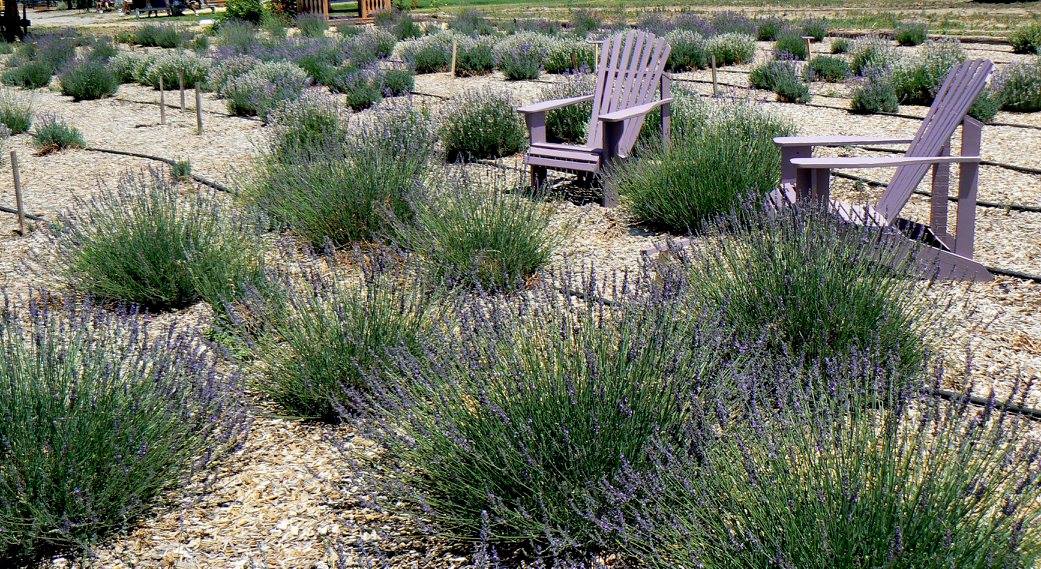
- info@coloradolavender.org
Your Cart
100% Secure Checkout!
No products in the cart.

While the agricultural industry doesn’t usually garner the same level of attention as the energy sector in Western Colorado, there can be no doubt agricultural enterprises are growing ventures in every sense.
The Colorado wine industry continues to grow — a trend reinforced by the record 56 wineries that will participate in the upcoming Colorado Mountain Winefest in Palisade.
Over the years, the wine industry has grown from just a handful of wineries to more than 100 such operations in the state. Wineries and grape growers not only produce an increasing quantity of wines, but also an increasing diversity and quality of wines.
By one estimate, the wine industry contributes nearly $42 million to the state economy a year — but that figure is five years old and was likely conservative to begin with.
Now, there’s a newcomer to the agriculture sector in a growing lavender industry in Western Colorado that some involved in the business envision as ultimately becoming every bit as important to the region as wine and peaches.
In less than two years, a total of 16,000 lavender plants have gone into the ground in Delta, Mesa and Montrose counties. The fragrant blooms from the herbs go into a variety of products: soaps, lotions, teas and even spices for cooking.
These developments are welcome for a variety of reasons, not the least of which being farmers and ranchers produce the products we eat — as well as drink and, in the case of lavender, smell.
From an economic standpoint, though, the agriculture industry constitutes big business in Mesa County. By one estimate, the annual economic impact of the ag sector reaches nearly $138 million.
Consider, too, the increasingly important connection between agriculture and tourism. No vineyards and wineries, no Colorado Wine Country or Colorado Mountain Wine Festival. That’s not to mention a lavender festival scheduled for next year that organizers hope will bring up to 3,000 people to the Grand Valley.
There’s still another benefit to agriculture that’s less quantifiable, and that’s the scenic views tourists and residents alike enjoy of vineyards, orchards and pastures. Add to that the growing number of fragrant purple lavender bushes that offer a treat for the eyes and the nose. Such is the stuff that makes visiting and living in the Grand Valley so enjoyable.
While agricultural industries face constant challenges from the weather and market conditions, the long-term outlook remains bright.
Those who work and live in the Grand Valley can be thankful for agricultural enterprises that contribute to the economy and to the quality of life here.